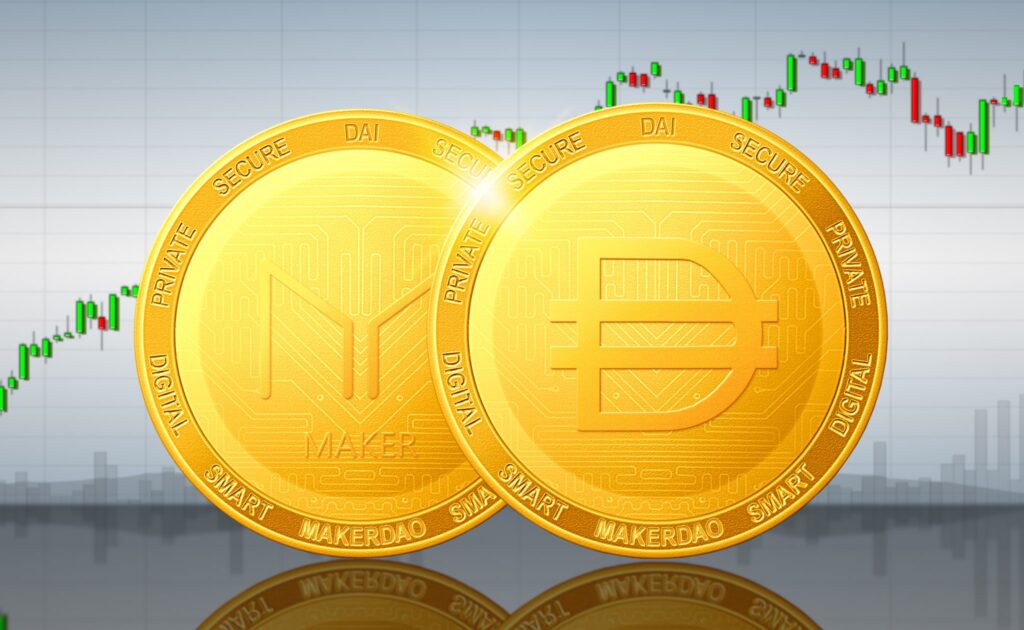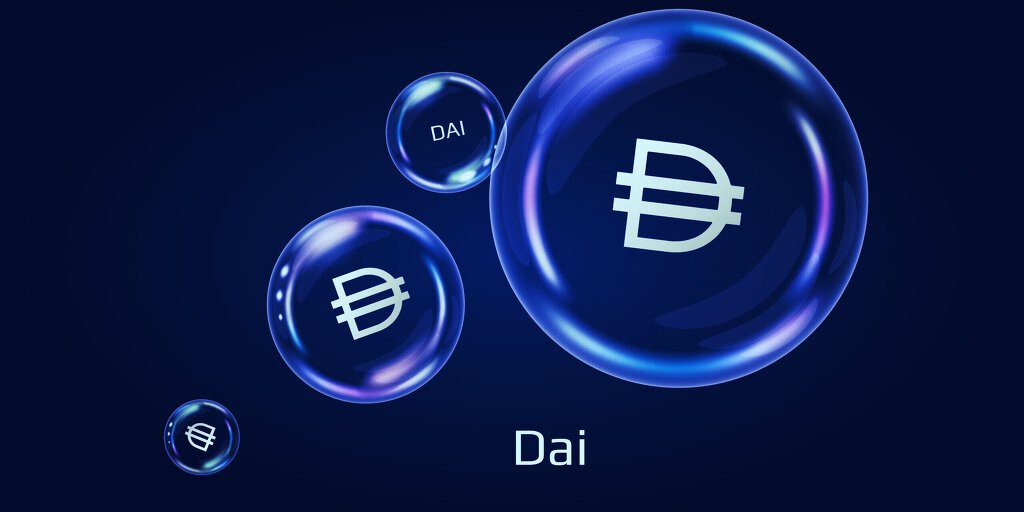Been on the lookout for a way to get in on the latest Ethereum developments?
Check out the new Lido Protocol and Liquid Staked ETH (stETH) by MakerDAO and find out how you can stake ETH on stETH, earning stETH in return. You can use stETH as a utility token, as collateral for other Dai derivatives, or as a store of value.
One of the most powerful components of the Ethereum ecosystem receives no attention – liquid staked ETH (stETH). When you stake ETH on ETH2, which we’ll discuss further down, you cannot access the ETH in the short term. You receive a token, stETH, in return for staking your ETH through Lido Protocol, which can be used in many ways similar to ETH.

Using stETH in this way will offer the token greater utility than before. Let’s dive into some fundamentals so you can better understand stETH and how MakerDAO’s involvement significantly improves the DeFi ecosystem.
A New Way To Stake ETH and Earn Tokens: stETH
The Ethereum network is transitioning from a Proof-of-Work (PoW) protocol to a Proof-of-Stake (PoS) protocol, which means it is moving away from a system that relies on powerful processing to one that relies on consensus.
They’re ditching their big and powerful machines for community resolution. That’s pretty powerful in a different way, isn’t it?
However, it isn’t as easy as just turning the power off, making some changes, and then turning it back on. For an ecosystem as large as Ethereum, moving from PoW to PoS is not simple.
To merge and relieve the current PoW iteration, they need to create a new Ethereum blockchain that supports PoS. For this, they need validators.
A blockchain allows transactions to be approved when a majority of validators agree. Validators compare notes about transactions and agree if the notes match up. The funds attached to these transactions are meant to compensate the validators for their work. A transaction goes through, the validators agree, the transaction gets approved, and the validators are paid.
The requirements for running a validator are now as follows: 32 ETH deposited to the ETH2 contract, a powerful computer, and an internet connection
The Ethereum that you stake to run your validator cannot be removed until after the merge is completed. For many people, locking up 32 ETH – around $120,000 US at the time of this writing – may seem illogical, as that ETH may be transferable elsewhere. Also, if you wish to operate a validator, you have to have some developer and technical knowledge. This implies a high barrier to entry for most validators.
The DeFi ecosystem would not exist if not for Lido Protocol, which provides a way to participate in the future of Ethereum, as well as Maker Protocol, which allows access to the DeFi ecosystem.
Enter Maker
A Decentralized Autonomous Organization (DAO) created in 2014, MakerDAO is an open-source project built on the Ethereum blockchain. The DAO is operated and managed by members who hold the Maker token, and it also manages the Maker protocol.
Making use of the Maker Protocol, users can create Dai, a stablecoin pegged 1:1 to the US dollar. By opening a Maker Vault and depositing collateral, users are able to borrow a percentage of Dai against their holdings, which becomes discretionary money.
One of the first “money legos” in decentralized finance (DeFi) was Maker Protocol, which was built to accept ETH as collateral. Dai was made available for generation in 2017, reducing the volatility of DeFi.
During this period, Dai were generated exclusively from ETH, known as “Single-Collateral Dai,” or Sai. One cryptocurrency to generate another. That changed in 2019, when MakerDAO switched to Multi-Collateral Dai (MCD). Ethereum-based assets that have been approved by MKR holders are now accepted as collateral by Maker Protocol.
Why is Dai so Important?
The Dai currency has become an essential part of the DeFi ecosystem. Depositing Dai into a smart contract makes that contract more dependable. For this reason, high interest rates are attached to Dai deposits. It is a decentralized, unbiased, collateral-backed cryptocurrency whose value lies in its stability. Dai is backed by collateral and soft-pegged to the US Dollar. The short end of this is the massive potential to earn high yield on your Dai, passively.
Get Started With stETH Today!
Are you a MakerDAO user?
You’ll never have to lock up your ETH again with Liquid Staked ETH – stETH.
With stETH, you can access your funds at any time through Lido Protocol, which enables the use of stETH in many ways similar to ETH.
While participating in Ethereum’s transition from PoW to PoS, and earning rewards in the process, Maker Protocol’s transition to MCD allows you to generate Dai with any Ethereum-based asset you choose.
Based on a recent governance poll, we now have CurveLP-stETH-ETH tokens approved for use as collateral for Dai generation. From the top: you deposit ETH with Lido to get stETH; you deposit that stETH into a Curve stETH-ETH pool and receive CurveLP-stETH-ETH in return; you open a Maker Vault, deposit your CurveLP-stETH-ETH, and borrow Dai with that; and then you have Dai on your wallet, you can further participate in DeFi in a variety of ways.
MakerDAO has simplified participation in DeFi so that anyone can maximize their returns. And it has done so by adapting to the changing Ethereum ecosystem. As your rewards accumulate in the Curve liquidity pool, your stETH keeps rebasing every night and grows.

This can be repeated over and over again. In this way, a compounding yield becomes possible. Maker whitelisting stETH is a major step forward for defi money:
- Staking ETH with Lido returns the liquid token stETH
- Deposit stETH in your Maker Vault creating more Dai
- Dai can then be used for a myriad of purposes (such as to stake, swap, borrow against, or sell)
Since the early days of DeFi, MakerDAO has been doing their part to democratize finance. By combining their system with a range of other protocols, it’s possible to compound interest in different ways, all at once, while minimizing costs.
From the Dai generated at the top of the foundation, you can build any type of monolith you choose by combining the DeFi building blocks Lido, Curve, and Maker Protocol.
There are innumerable possibilities, and they grow every day.
Via this site.

